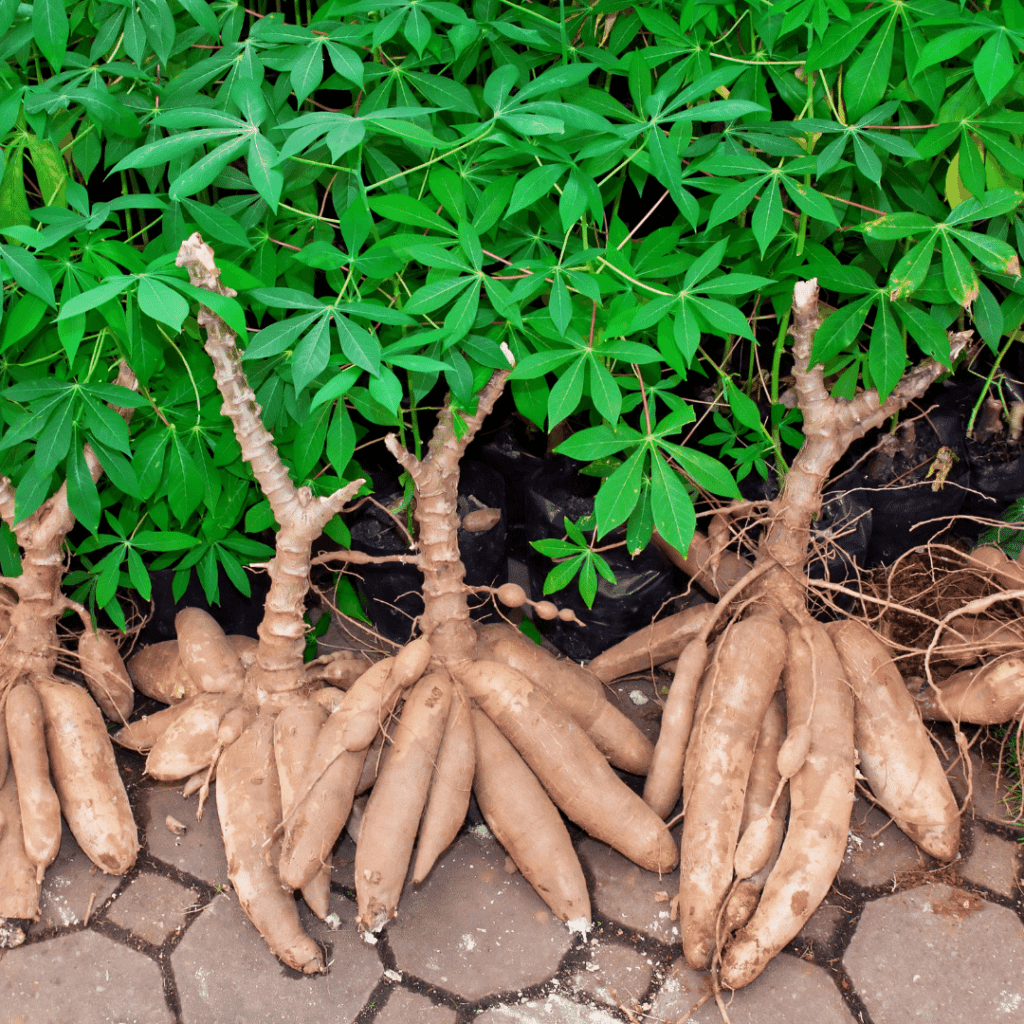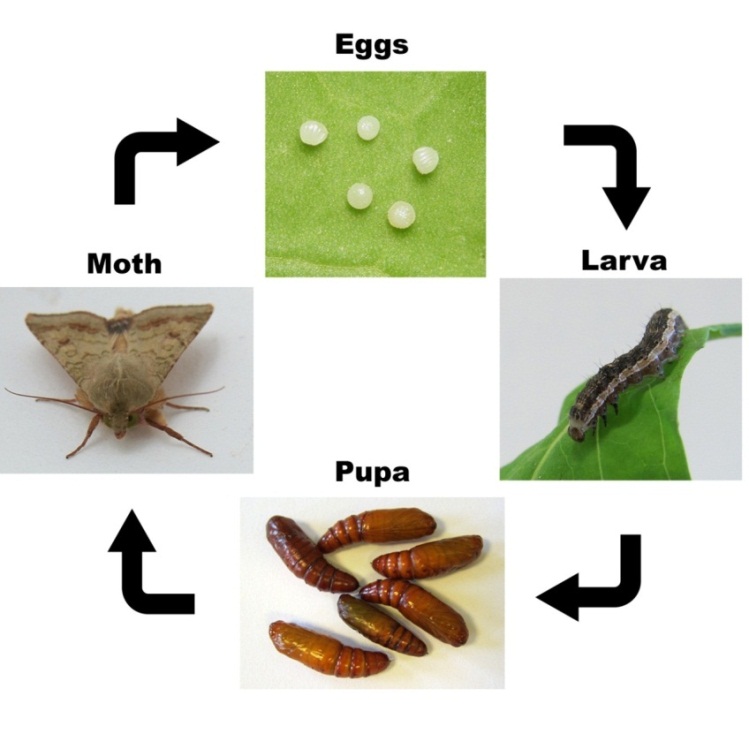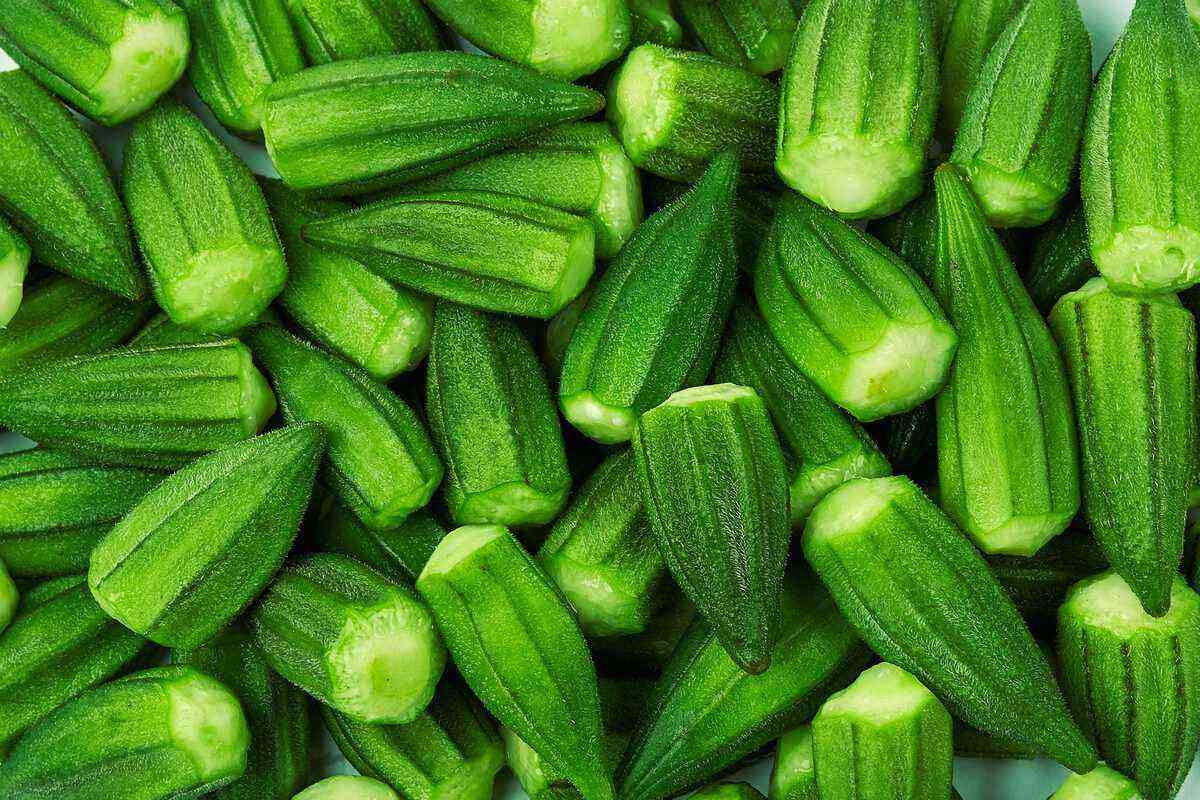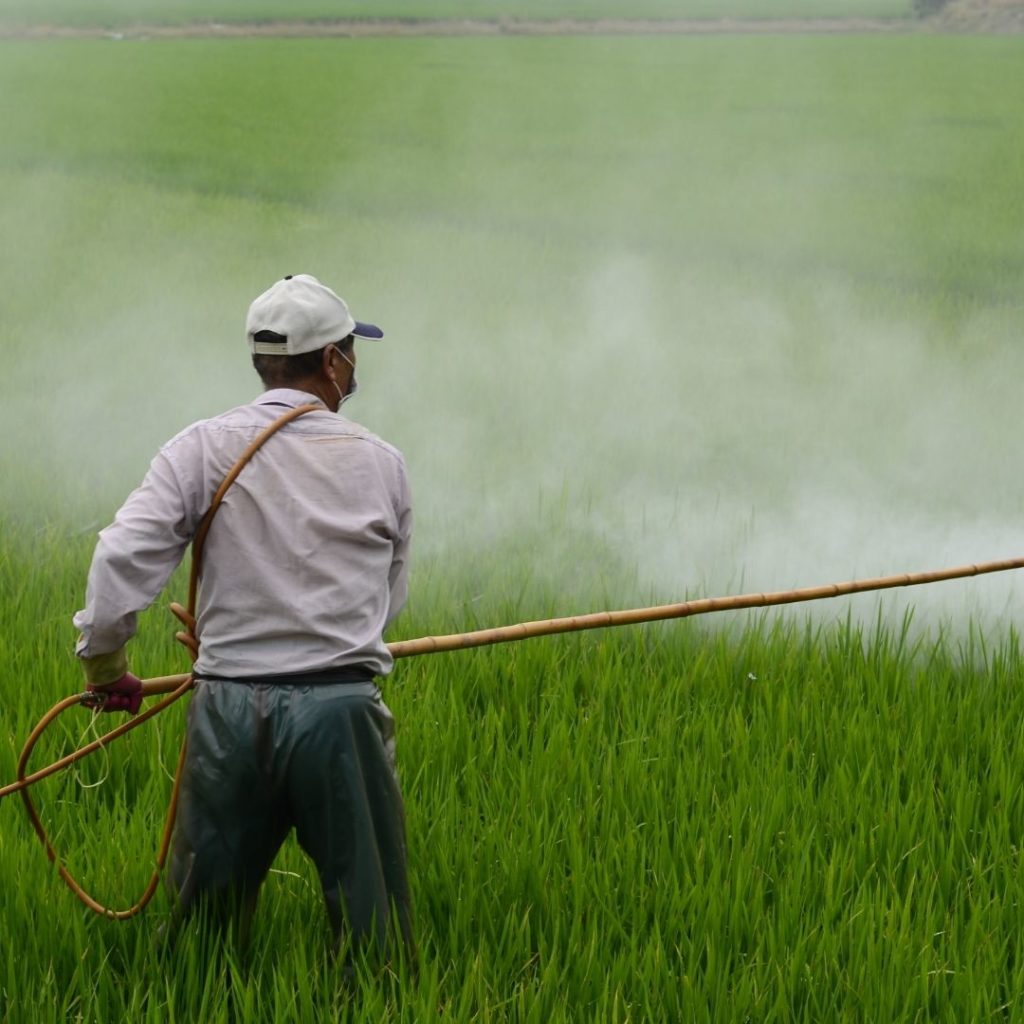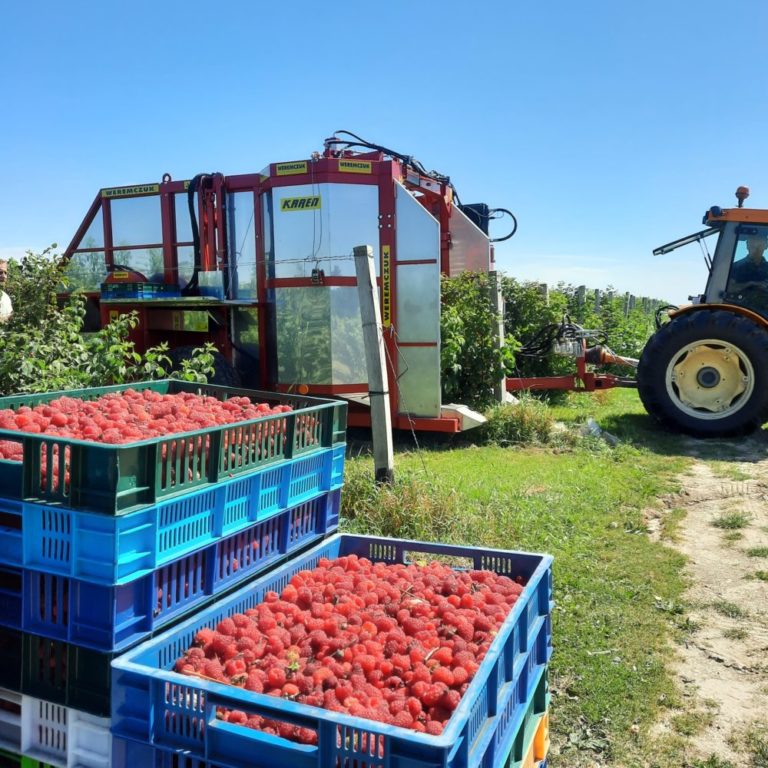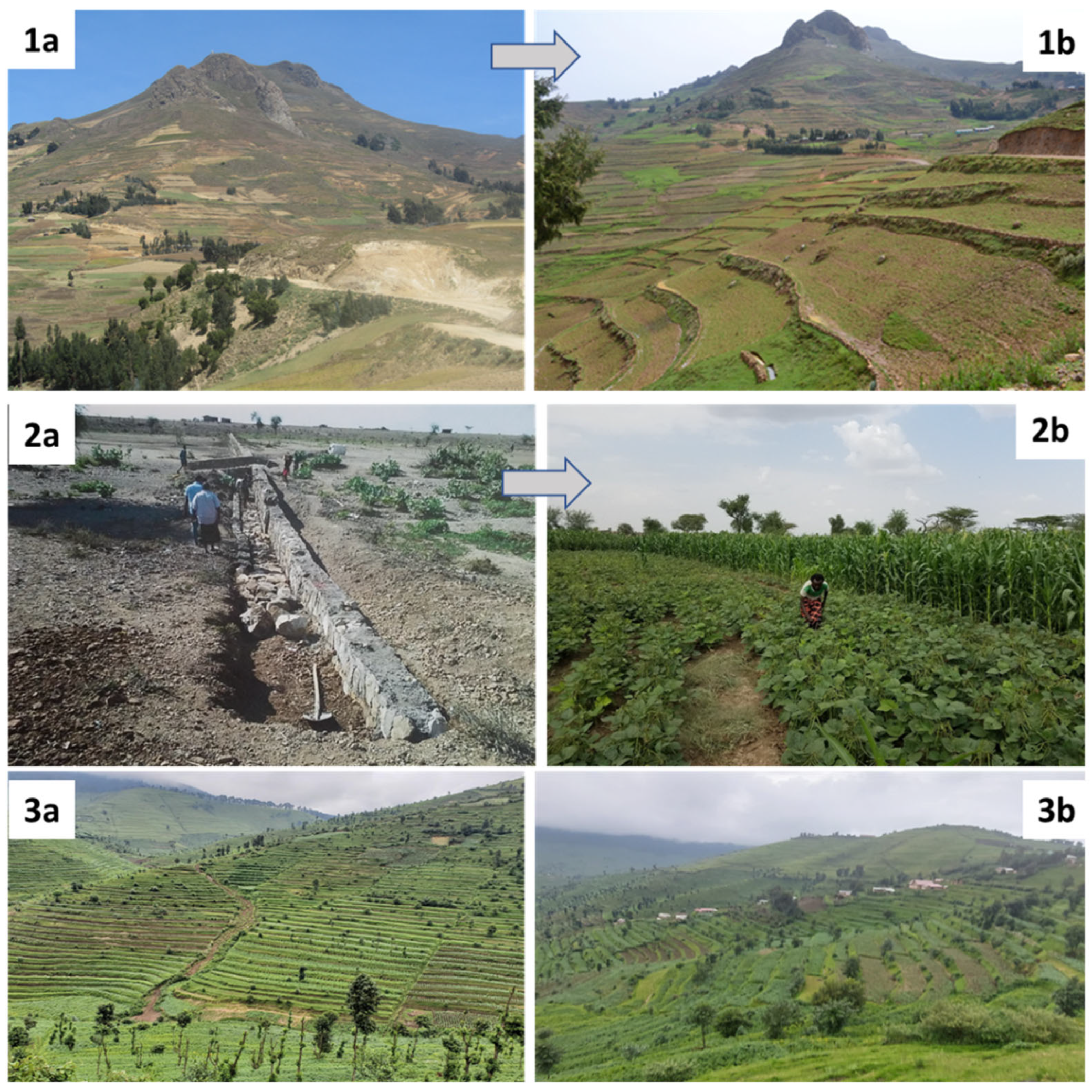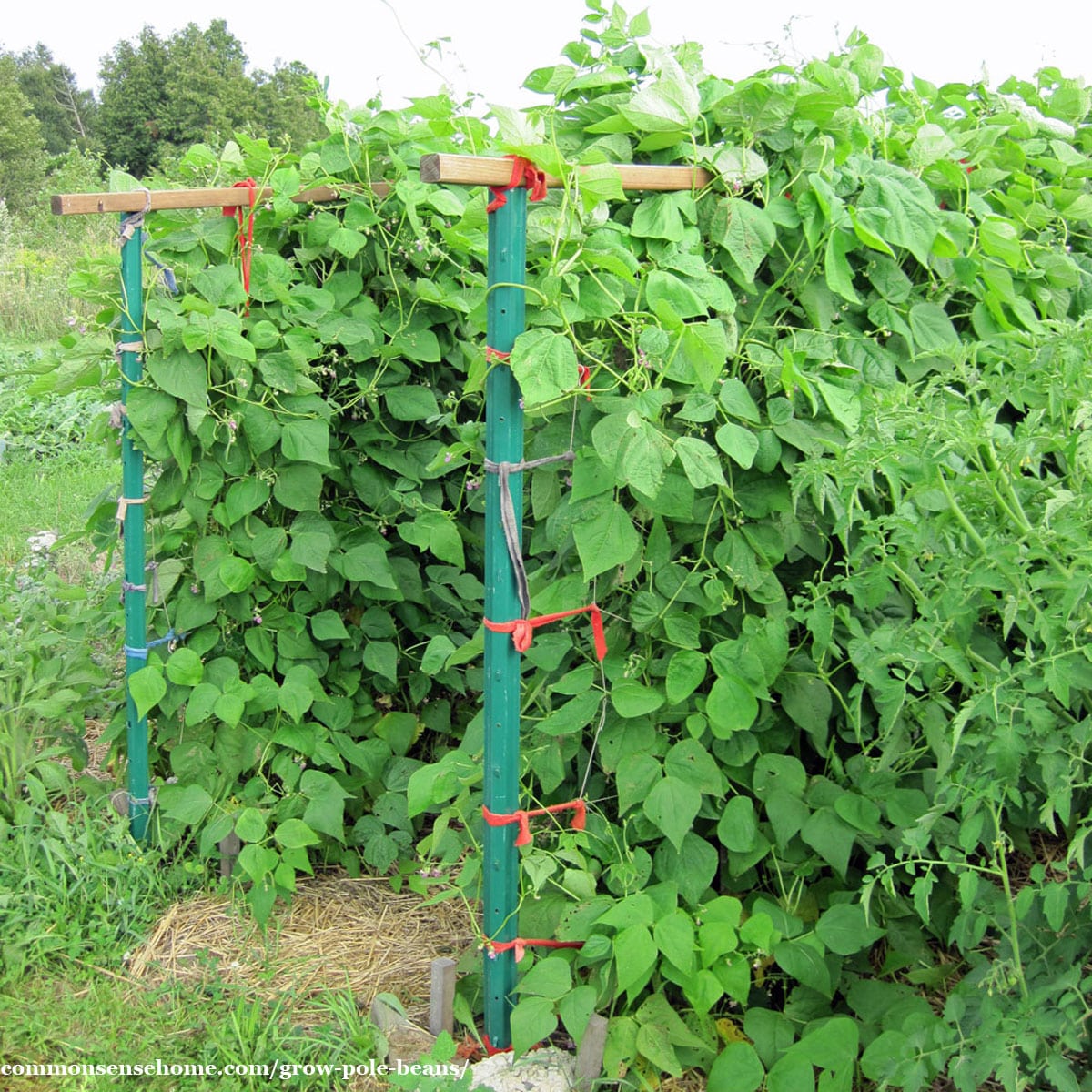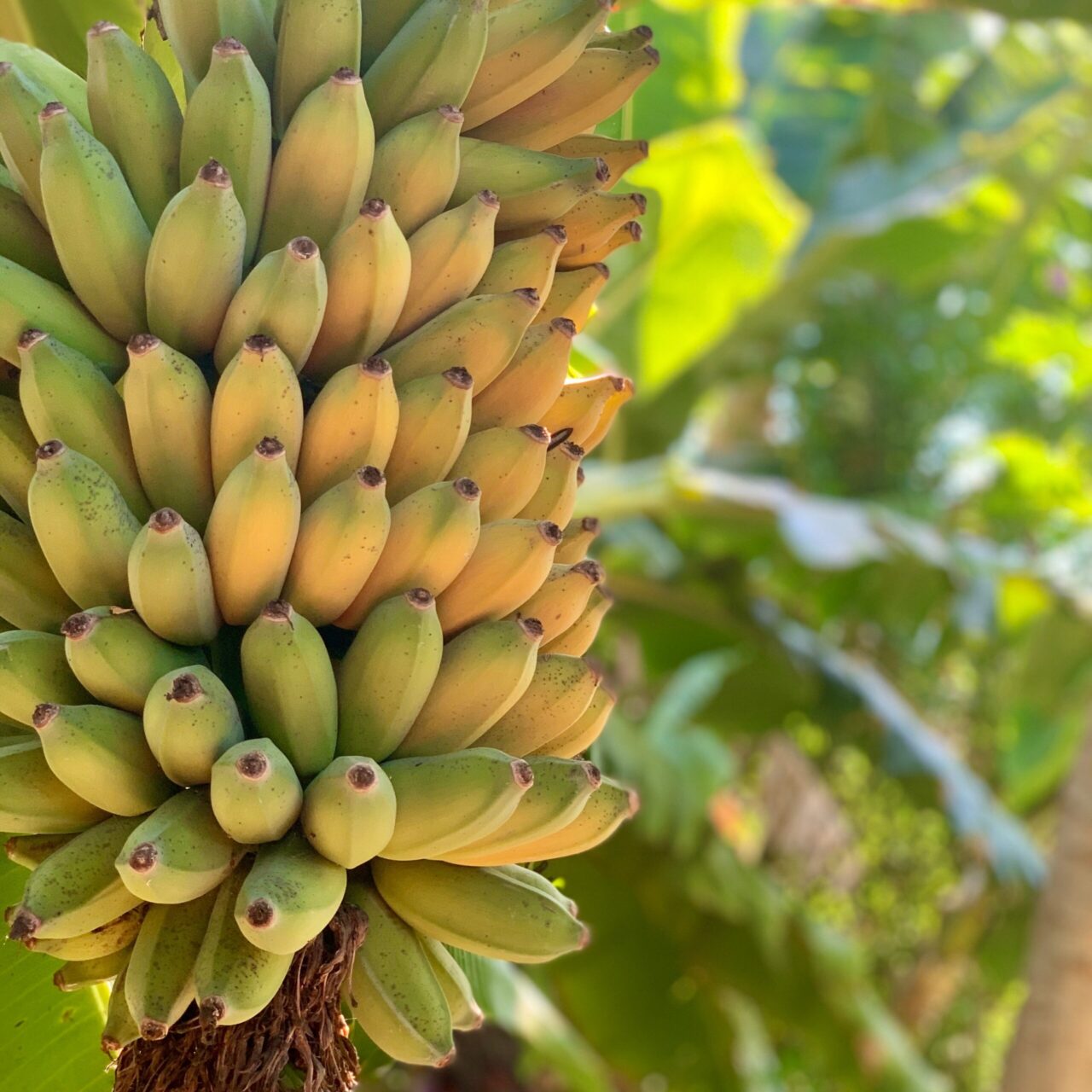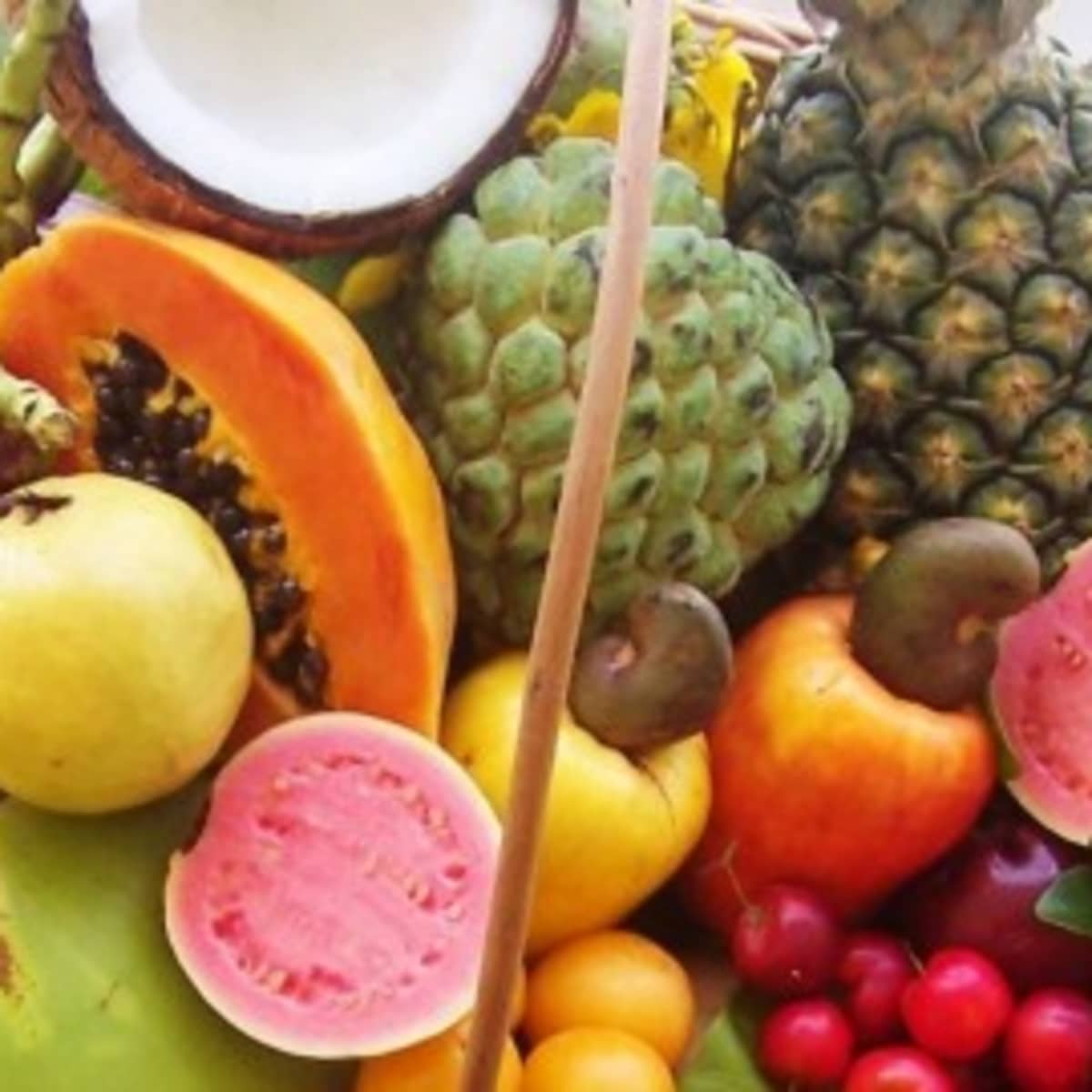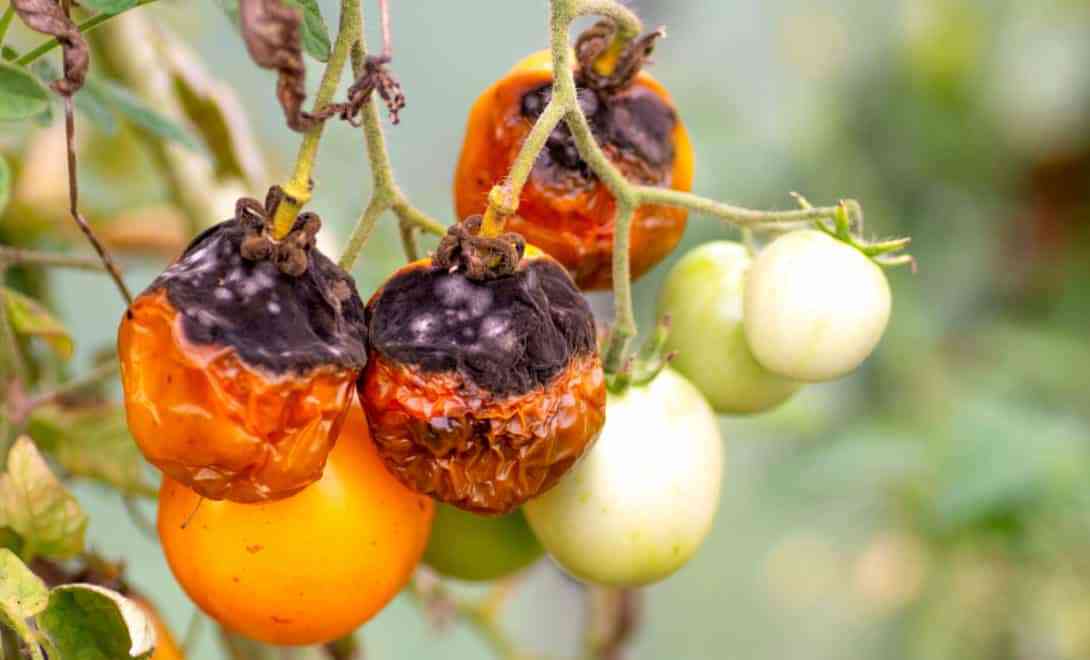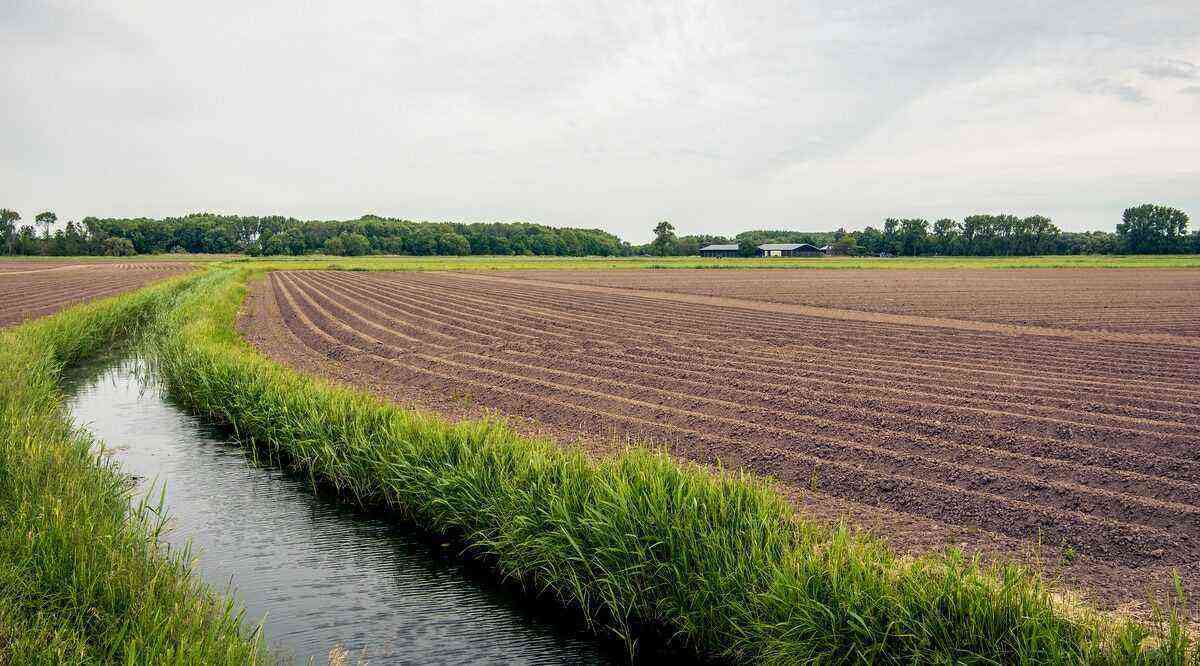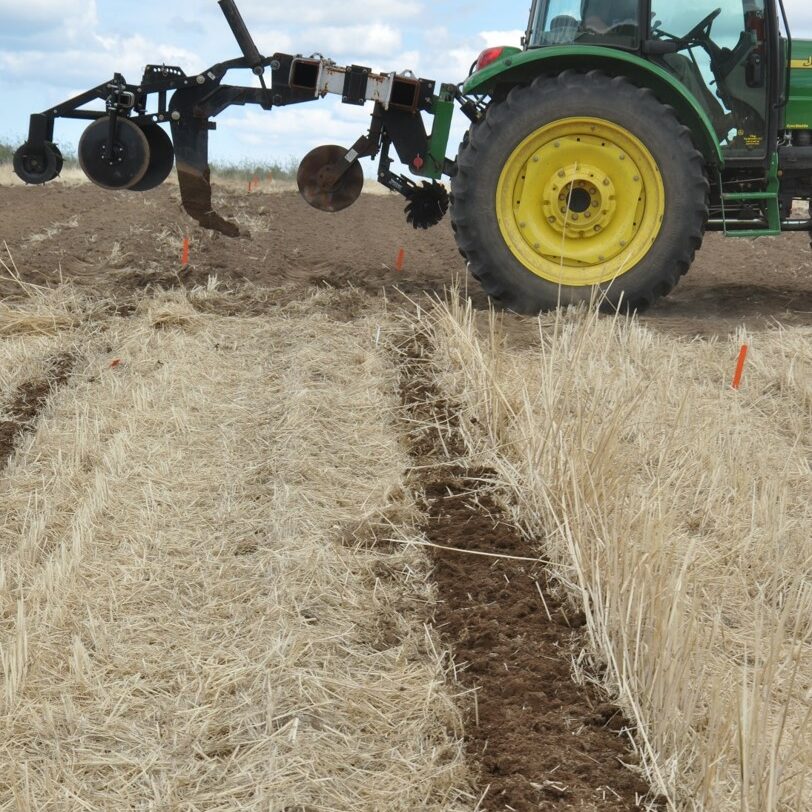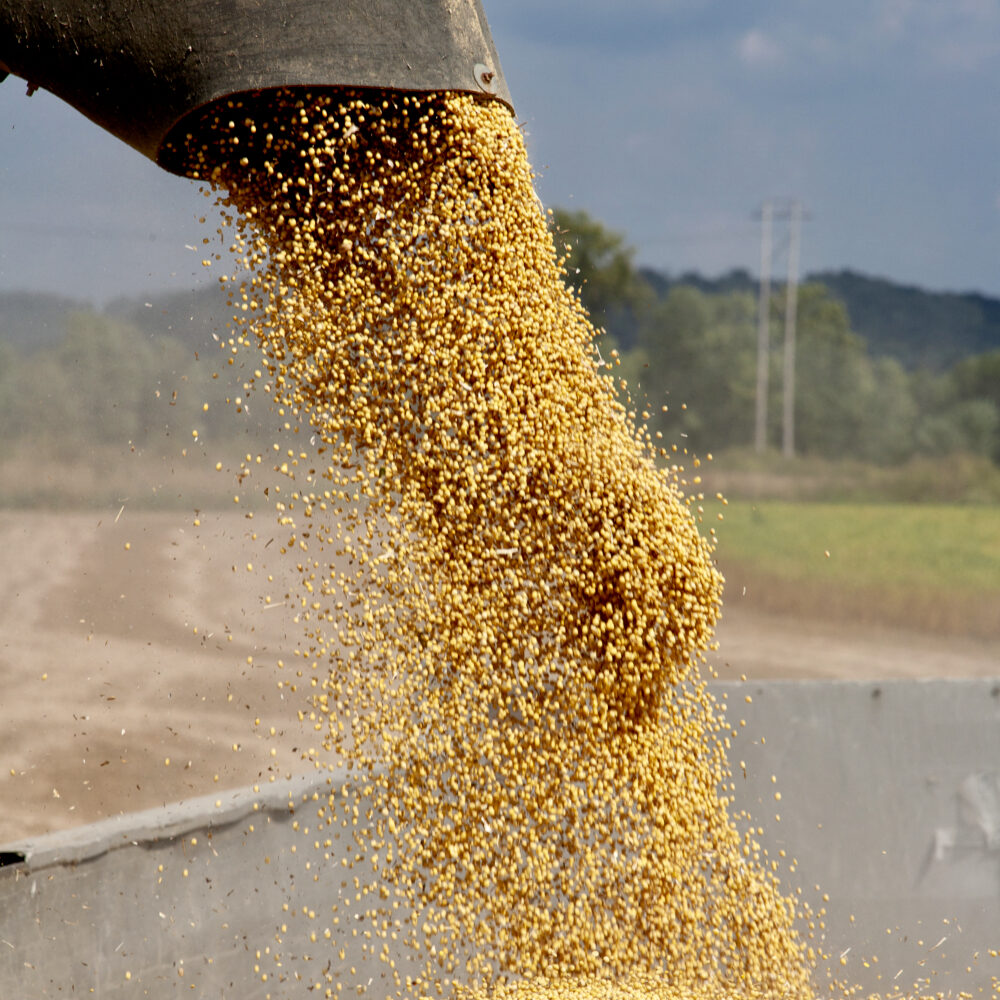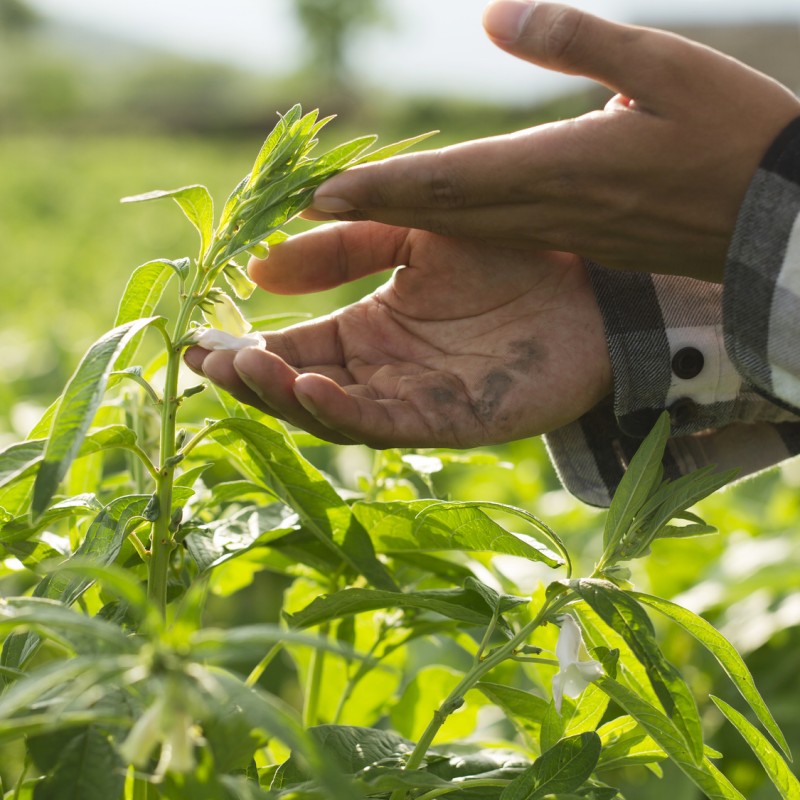O grain sorghum It is one of the most produced cereals in the world. With several benefits for animal and human consumption and advantages in its planting, the cereal is growing in Brazil.
But, before you know that on the MF Rural website you will find everything for your production of this and other grains. Take a look!
What is the influence of grain sorghum today?
As mentioned above, the culture of grain sorghum planting has been growing, and within the Brazilian territory it is possible to verify a growth in the demand for this cereal, so much so that in the average of the last years, Brazil was in 9th place in the ranking of the countries that most plant this cereal.
Between 2017 and 2019, the largest producer of the aforementioned cereal was the United States, followed by Nigeria, Mexico, Ethiopia and India.
The reason for the exorbitant amount of grain sorghum produced in the world is its use for animal and human consumption and the conditions that favor planting.

Historical series of area, production and yield of grain sorghum. Source: CONAB and Pioneer Seeds
What is sorghum used for and when should it be planted?
Grain sorghum is used all over the world, but it may happen that a certain place has a specific use. In Asia, Africa and Central America, this cereal is used on a large scale to feed people and can be used as a form of diet.
In the United States, Australia and South America, however, grain sorghum is used as an energetic ingredient given to animals. It is the main substitute for corn for the manufacture of animal feed.
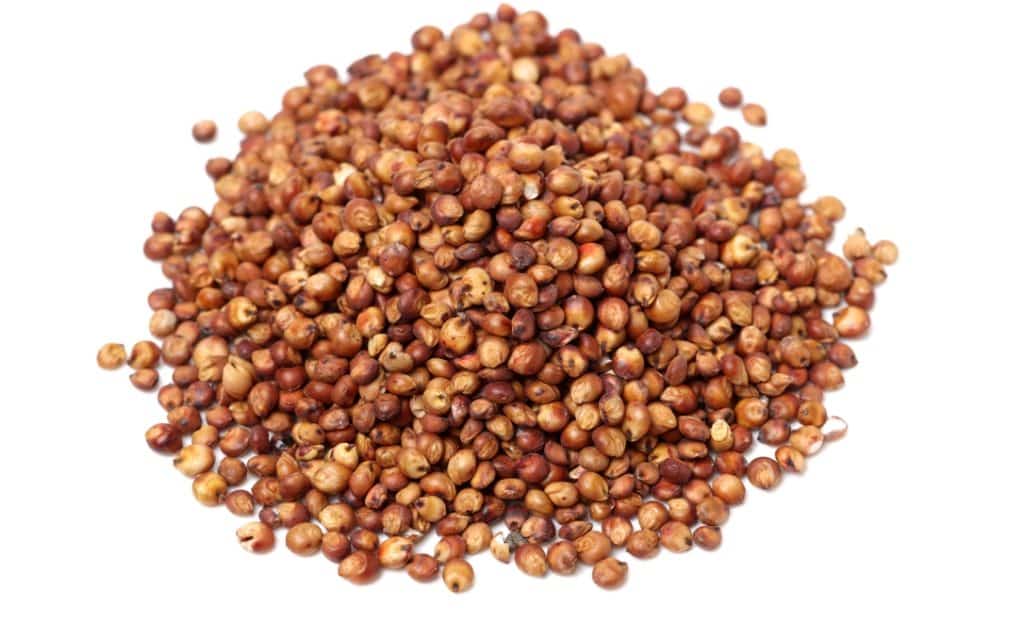
There are several uses of grain sorghum in the world.
And, finally, it is valid to say that the cereal is also used in the implementation of an important role in the production of bioethanol.
According to researchers, the ideal period to plant grain sorghum is in February, that is, according to the recommendations of the off-season window.
Following these guidelines gives greater assurance that the crop will be productive.
Examples of use for animals
For animals, sorghum is beneficial for swine, beef, broiler and laying hens.
But, even though it is not as widely used as the previous ones, it is interesting to say that this cereal can be used in dog and cat food, as it does not contain mycotoxins, which will be discussed later.
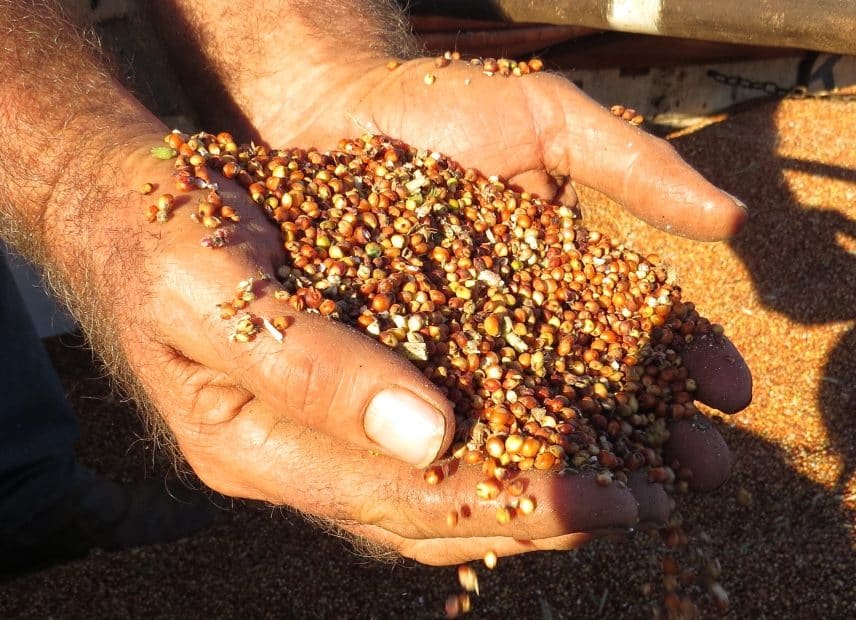
Grain sorghum is widely used in animal feed.
Usage examples for humans
There are several reasons for the implementation of grain sorghum in human food. Firstly, it is a powerful item to help in the treatment of obesity.
In addition, it stands out from other food options for not containing gluten and for containing antioxidants and dietary fiber.
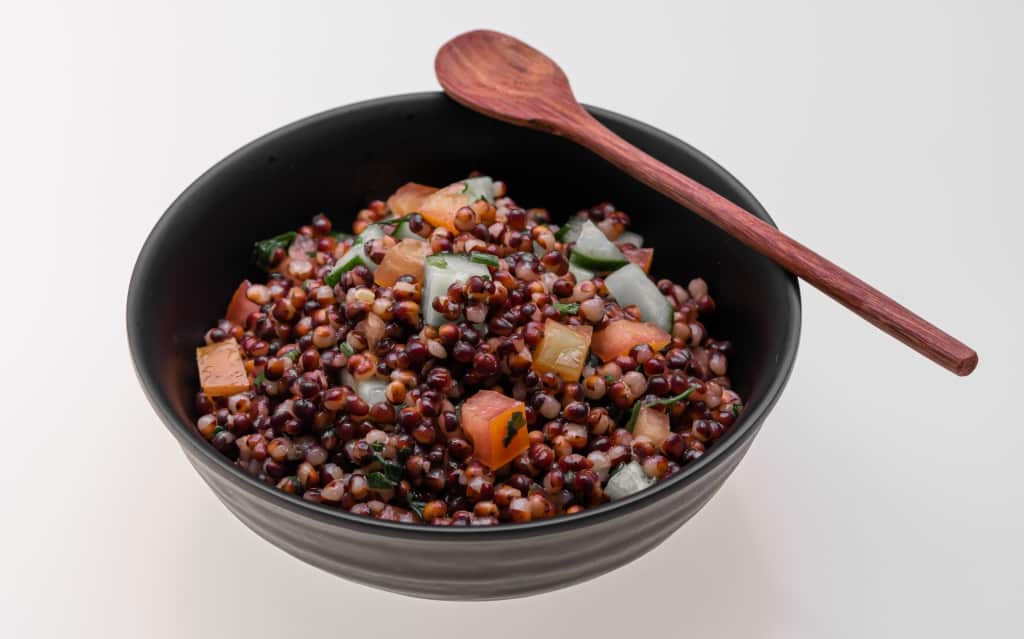
Grain sorghum is interesting for human consumption because it does not contain gluten.
Benefits of planting grain sorghum
O sorghum planting in itself carries a series of advantages that can positively influence a farmer’s decision to plant or not the cereal.
Some people argue that they are afraid to plant grain sorghum, for fear of not finding buyers. However, don’t worry, as cereal is now quite accepted.
Because of this, it is possible to say that there is considerable advantages and true in planting this type of food.
Below, learn about all these benefits to help you make a decision that, if well thought out, can positively change the direction of your business.
Tolerance
The tolerance in grain sorghum cultivation it is really the difference between this cereal in relation to other similar plants, such as corn and wheat.
It is a plant that can adapt to different types of situations and, although it has a limit, this adaptability is still something quite considerable.
First of all, it is remarkable to say that sorghum can withstand high temperatures without losing its quality.
However, there is a limit that must be respected for the production of this plantation to be satisfactory. The ideal temperature for its cultivation is between 16°C and 38°C.
And, when talking about the tolerance of grain sorghum in relation to other types of plants with similar uses, it is undoubtedly worth mentioning that it does not demand as much water as these other options.
When you make comparisons, you can see that he doesn’t have as much water need, which is very interesting when a farmer wants to plant sorghum in a dry place or at a time with little rainfall.
Depending on the location, planting this cereal can become an even more advantageous business.

Planting grain sorghum can be an excellent business option
large amount of straw
Sorghum also generates straw in its production, which can be used to cover the soil or be placed in the no-till system of subsequent crops.
Straw works as a preservation tool, because it reduces the losses caused by rains and retains soil moisture, in addition to increasing the nutrients in the soil and causing, over time, the production of the subsequent crop to improve a lot.
Almost no aflatoxins
Mycotoxins are toxic substances that affect food through fungi, also known as molds and mildew, when these foods are placed in places with very high humidity and temperatures.
In sorghum production, aflatoxins almost do not occur.
the height of the plant
It is also interesting to think about the height of the grain sorghum plant. The higher the plant is, the more the potential for dry matter production increases.
And dry matter, on the other hand, has a greater durability due to straw.

The production of grain sorghum generates greater disposal of dry matter
Other benefits of grain sorghum
Finally, it is interesting to mention that sorghum is not so affected by nematodes, which are parasitic worms that affect plants.
Against nematodes in general, starting grain sorghum production is very useful in dealing with situations like this, which can be desperate.
This is because most of its cultivars are bad hosts for nematodes. Meloidogyne arenaria, M. Incognita e M. Javenica.
These grain sorghum species are still medium hosts for nematodes such as Pratylenchus brachuyurus.
MF Rural is an Agribusiness marketplace that promotes the meeting of people who want to sell or buy agricultural products. Are you interested in what we have to offer you? Go to the website and search for what you want to buy. It’s easy and fast!

